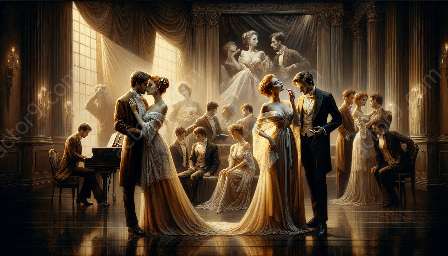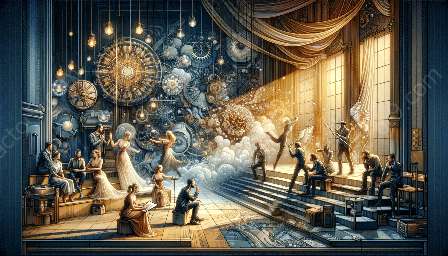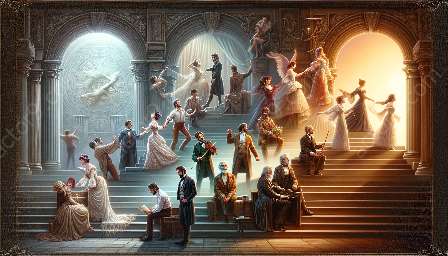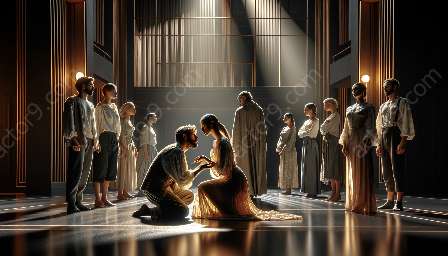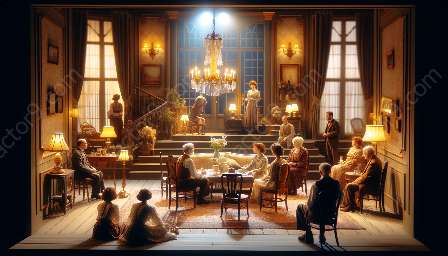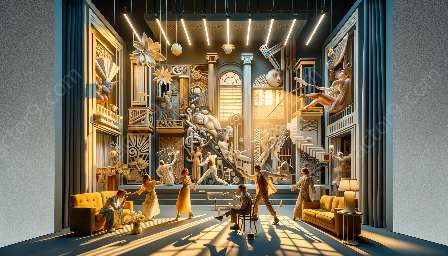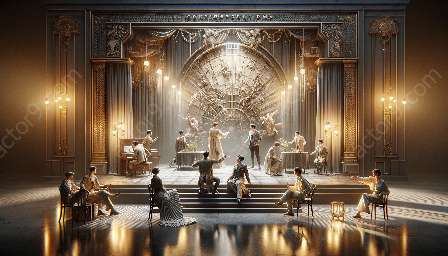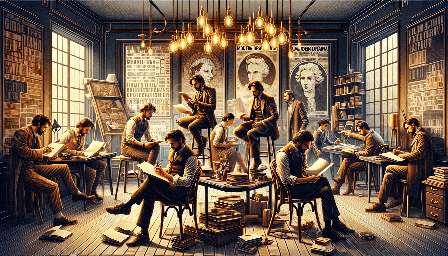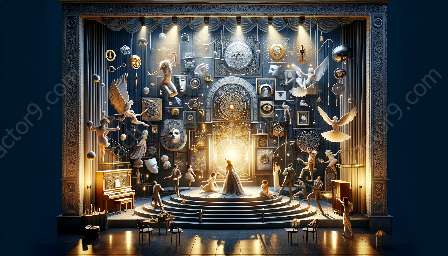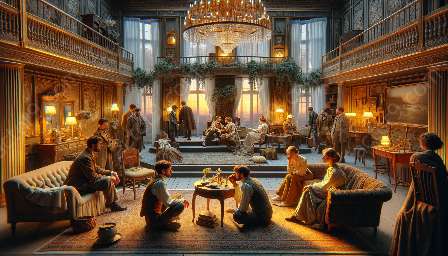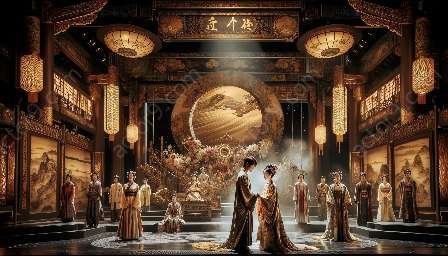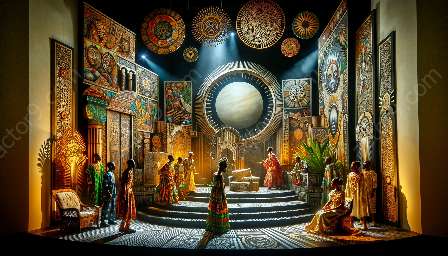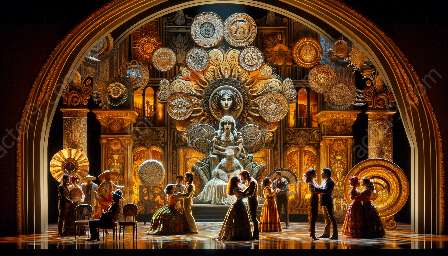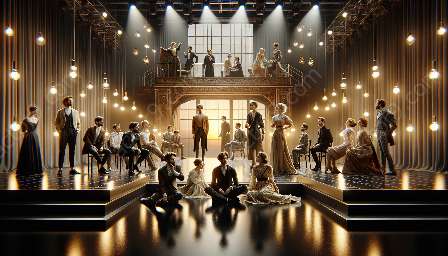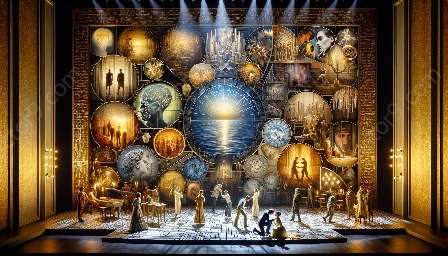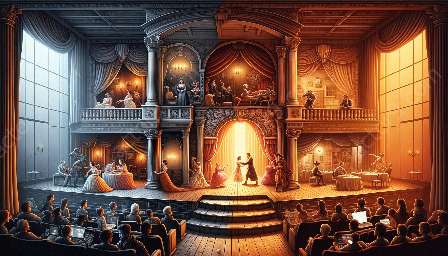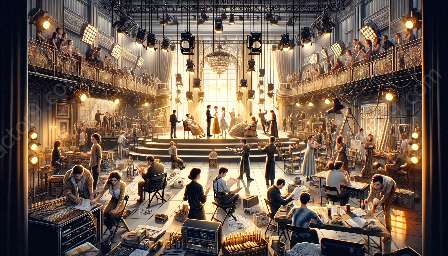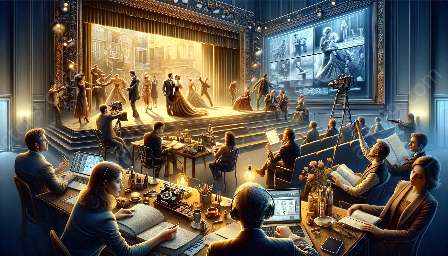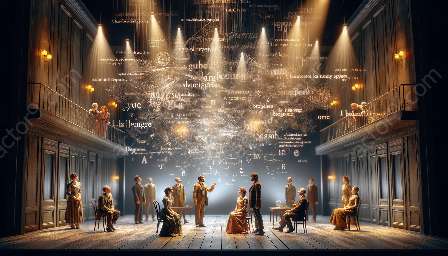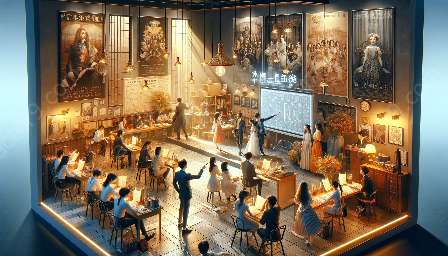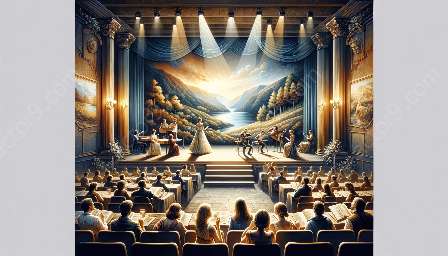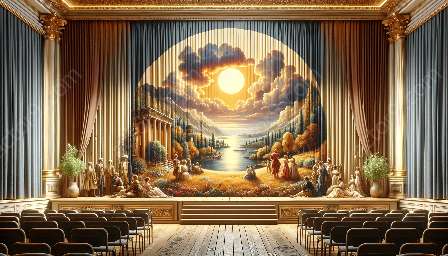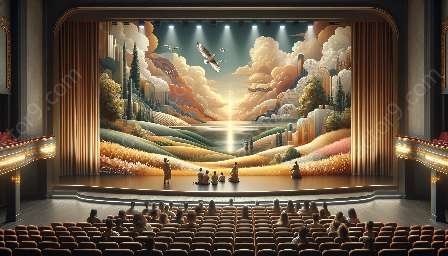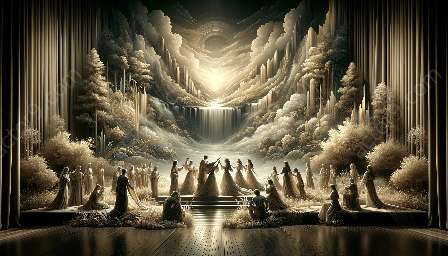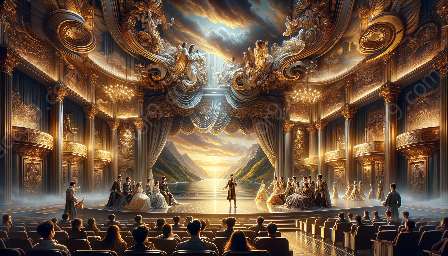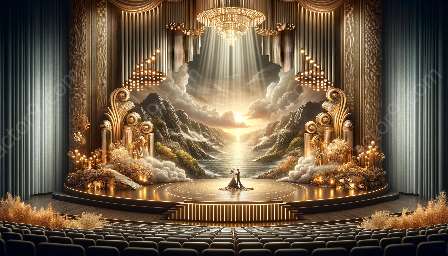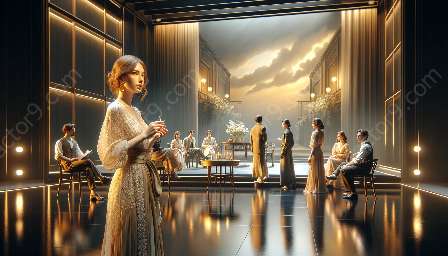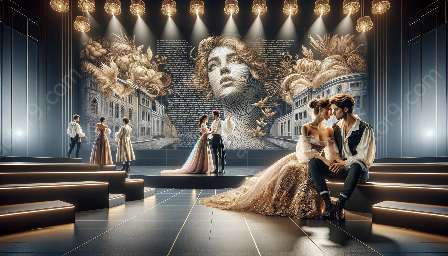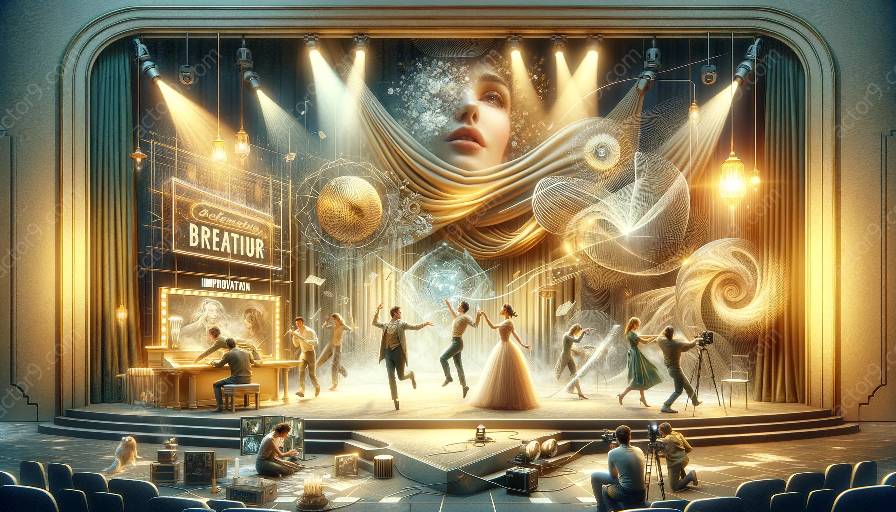Introduction
Technology has revolutionized modern theater production and performance, seamlessly integrating with contemporary dramatic techniques and modern drama to create awe-inspiring experiences for both performers and audiences alike.
Advancements in Set Design and Special Effects
Technology has played a crucial role in transforming set design and special effects in modern theater. From projection mapping to augmented reality, technological innovations have enabled the creation of immersive and visually stunning stage environments, enhancing the overall theatrical experience for viewers.
Lighting and Sound Design
Modern theater has witnessed a phenomenal evolution in lighting and sound design, largely attributed to the advancements in technology. Programmable LED lighting and state-of-the-art sound systems have allowed for dynamic and atmospheric effects, enriching the emotional impact of live performances.
Digital and Interactive Performances
With the rise of digital media, modern theater has embraced interactive performances and digital storytelling. From incorporating virtual reality elements to interactive projection installations, technology has expanded the possibilities for innovative and engaging theatrical experiences.
Integration with Modern Dramatic Techniques
Technology seamlessly complements modern dramatic techniques by providing versatile tools for experimentation and expression. From multimedia integration in avant-garde productions to interactive stage elements, technology enables playwrights and directors to push the boundaries of traditional storytelling and theatrical conventions.
Enhanced Rehearsal and Training Processes
Technology has revolutionized the rehearsal and training processes in modern theater, offering virtual rehearsal platforms, motion-capture technologies, and digital feedback systems. These advancements have resulted in more efficient and immersive training experiences for actors, directors, and production teams.
Accessibility and Inclusivity
Technological advancements have facilitated greater accessibility and inclusivity in modern theater. From audio description services for visually impaired audiences to real-time captioning and translation tools, technology has played a crucial role in making theater more accessible to diverse audiences.
Conclusion
Technology continues to shape the landscape of modern theater production and performance, enriching the creative process, expanding artistic possibilities, and providing immersive experiences that resonate with contemporary audiences. Its seamless integration with modern dramatic techniques and modern drama underscores its pivotal role in the evolution and innovation of theatrical arts.

